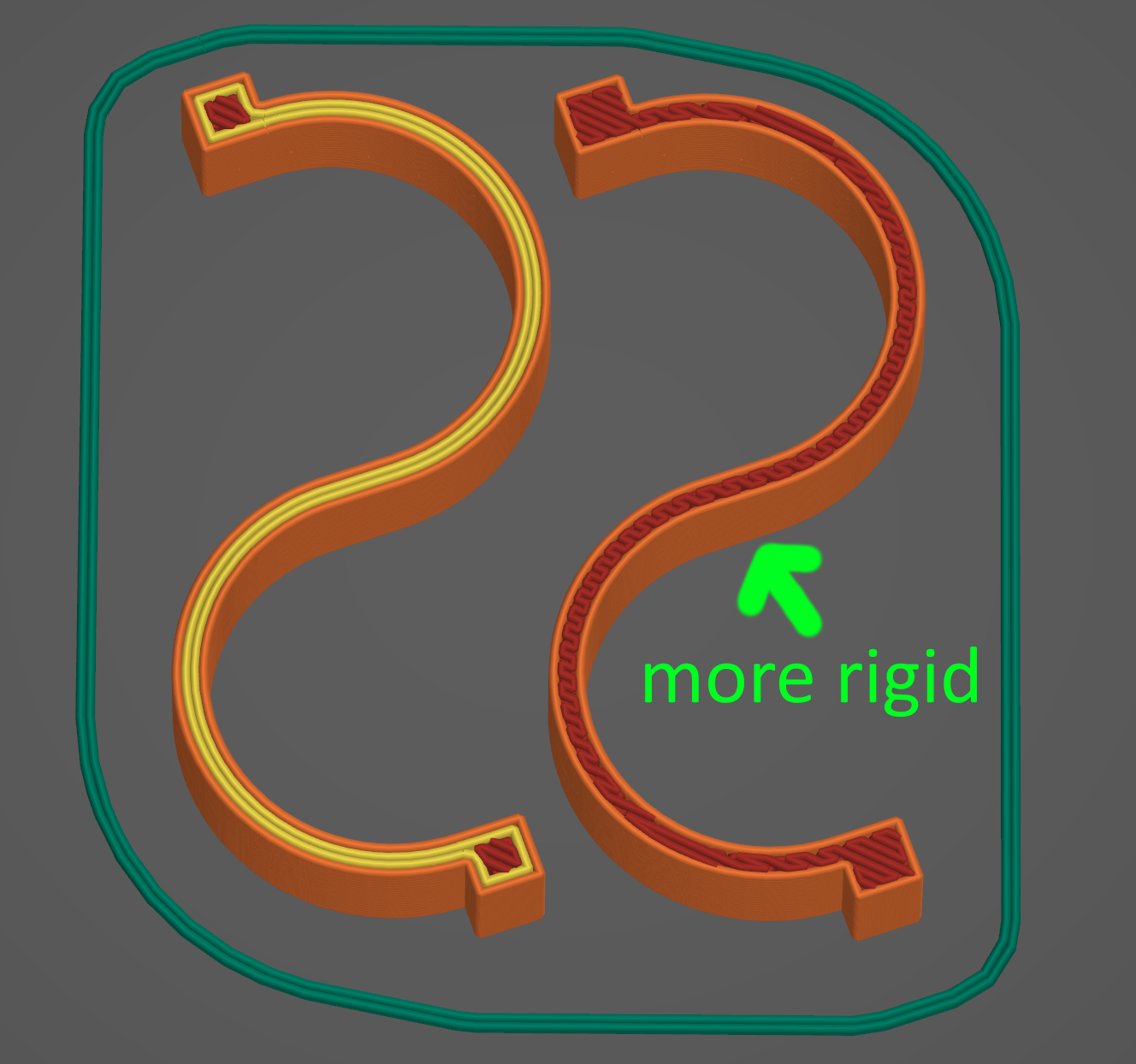3DPrinting
3DPrinting is a place where makers of all skill levels and walks of life can learn about and discuss 3D printing and development of 3D printed parts and devices.
The r/functionalprint community is now located at: [email protected] or [email protected]
There are CAD communities available at: [email protected] or [email protected]
Rules
-
No bigotry - including racism, sexism, ableism, homophobia, transphobia, or xenophobia. Code of Conduct.
-
Be respectful, especially when disagreeing. Everyone should feel welcome here.
-
No porn (NSFW prints are acceptable but must be marked NSFW)
-
No Ads / Spamming / Guerrilla Marketing
-
Do not create links to reddit
-
If you see an issue please flag it
-
No guns
-
No injury gore posts
If you need an easy way to host pictures, https://catbox.moe may be an option. Be ethical about what you post and donate if you are able or use this a lot. It is just an individual hosting content, not a company. The image embedding syntax for Lemmy is 
Moderation policy: Light, mostly invisible
view the rest of the comments

All you've done here is create more walls using a single piece. If you want durability, your design will win as it allows for flex. If you want rigidity, it will be less rigid and take longer to make due to its complexity.
The loss in rigidity is due to creating weak points as the line turns. The gain in flexibility is exactly the same weakness but now a positive. It will take greater force from weight, butt less impact force.
If you're after rigidity, either cram the space with as few complexities as possible, or fill space with triangles.
It's not really clear what you're saying, because they're both "my design". Could you specify 1 wall vs. 2 wall?
The 1 walled hook has the infill resisting and pulling back as you try to straighten the hook. When it fails, some of the connections between infill and walls break, causing the hook to lose it's form or original rigidity permanently. In the case of 2 walled hook, this damage should be less severe, making it more durable.
Okay, but if my 2-wall hook bends into a straight line, then I don't really care about the durability of that no-longer-hook-shaped object.
Edit: I agree that 2-wall could make sense, if your goal is to reuse the hook (with a more appropriate load) after the heavy load falls off. That's analogous to protecting a wire with a circuit breaker.